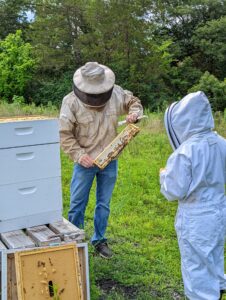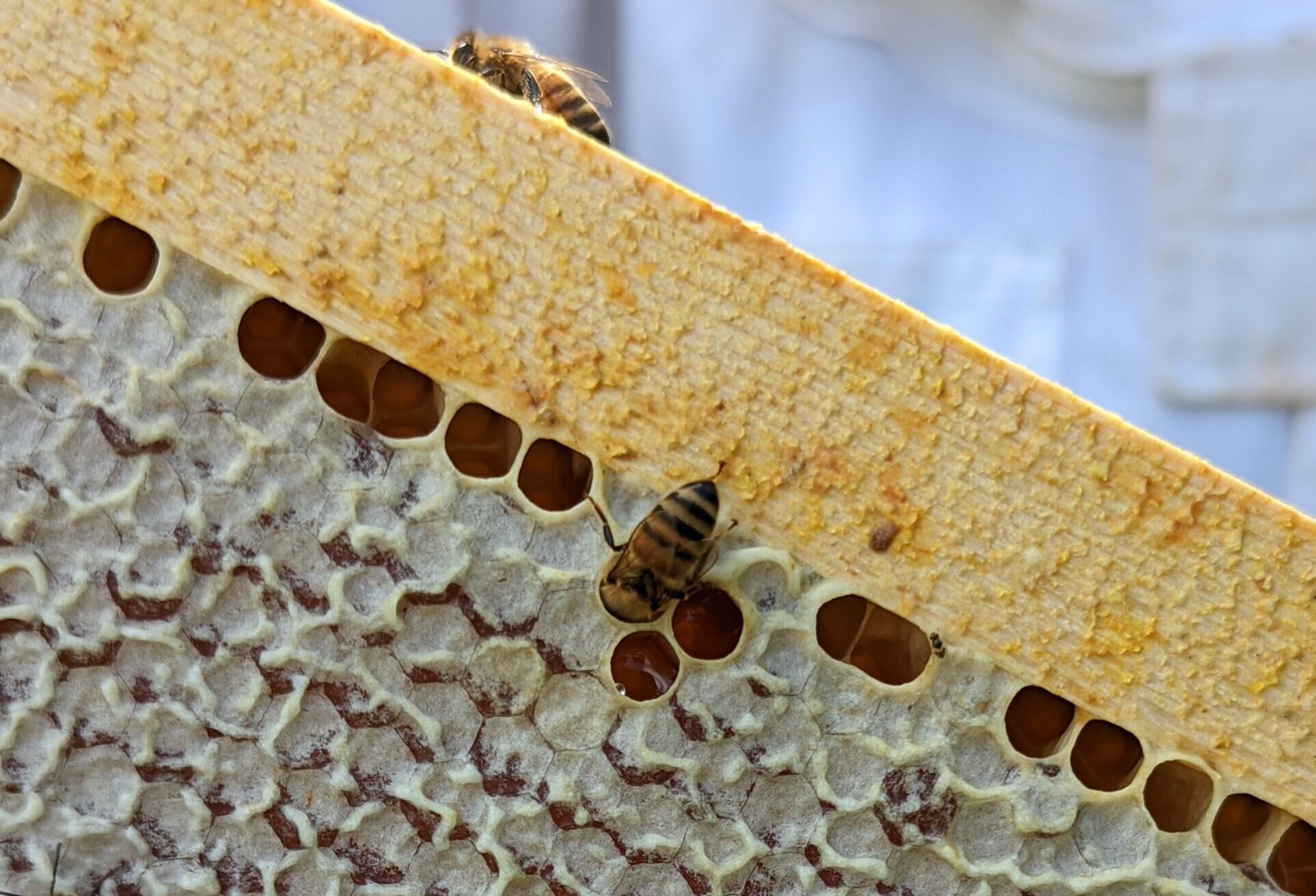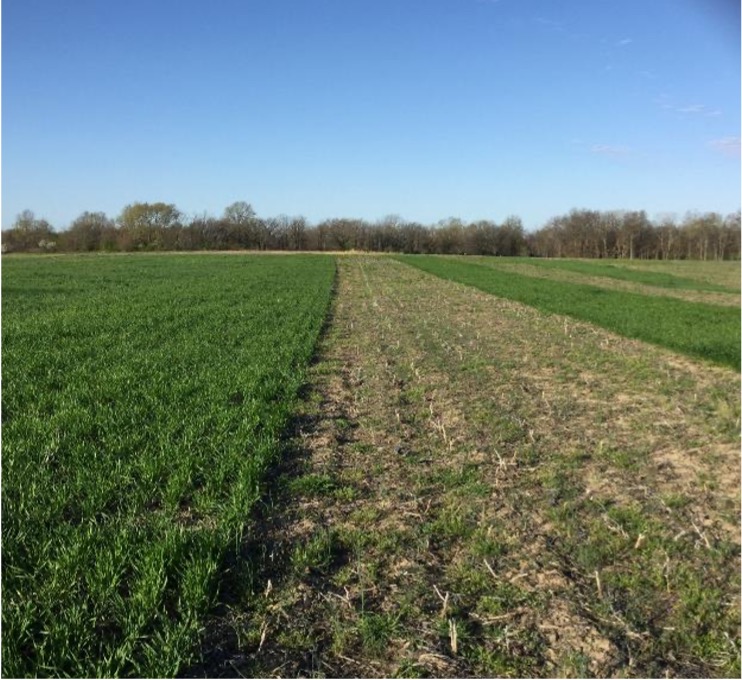Pollinators are paramount to the growth and production of many essential crops. The agricultural community relies heavily on bees to ensure the success of their crops, and without them, many food sources would be in jeopardy. In fact, bee pollinators are responsible for one in every three bits of food Americans eat.
One way to support bee populations is by creating friendly habitats on farm operations.
To showcase these habitats, Missouri Soybeans entered a partnership with the Show-Me Beekeepers to place hives at the Center for Soy Innovation and Bay Farm Research Facility. At the Center and Bay Farm, visitors can see high-quality native pollinator plantings that provide a habitat for these important insects.
Missouri Soybeans also works with the Missouri Department of Conservation to ensure these hives do not hurt populations of native pollinators by creating too much competition for food resources.
“The two hives, along with the additional habitat, have created a good balance for our space,” said Clayton Light, director of conservation agriculture and farm operations. “We have two healthy honeybee hives and still support the native pollinators in the area.”
Soybeans do not require bees to help with pollination, but they do help increase yield, and soybean fields can provide much-needed nectar for the honeybees when conditions get dry in August.
Missouri is home to 450 native bee species and bees are just one of the many pollinators in Missouri. Other pollinators include ants, beetles, butterflies, flies, hummingbirds, moths and wasps.
“There are many acres that can be utilized for quality pollinator habitat,” said Light. “These environments not only benefit pollinators, but they provide crucial habitat for wildlife such as quail, turkeys and declining songbirds. Pollinator plantings also sequester carbon, provide water quality benefits, and keep valuable soil and nutrients in the fields.”
Since the early 1900s pollinator habitats have been on the decline. There are multiple factors that caused this decline, but one of the biggest contributors is the reduction of fire on the landscape. Over the years, people have suppressed wildfires, which is good to reduce damage to man-made structures, but the reduction of fire on the landscape has vastly changed the plant community. Now, many native plants that depend on fire to survive get out-competed by other plants that don’t have as much nectar-producing power.
“To help stabilize these pollinators, there are several management tools to help keep these habitats healthy, such as prescribed fire, timely mowing and herbicide treatments,” said Light. “These practices maintain a diverse native plant population that not only provides rich conservation to an operation but offers longevity to a living legacy.”
To highlight these conservation practices, Missouri Soybeans implemented pollinator buffer strips and pollinator demonstration plantings at the Bay Farm in Columbia, MO. These plantings showcase practices to farmers and groups to raise awareness of this type of habitat and what resources are available to help landowners. The newly installed hives at the Bay Farm will also expand on education efforts and highlight how pollinators and production agriculture work hand in hand.
To learn more visit mosoy.org or contact Clayton Light at clight@mosoy.org.
To schedule a visit to the Center for Soy Innovation and see the beehives, contact Amber Meyer at ameyer@mosoy.org.


